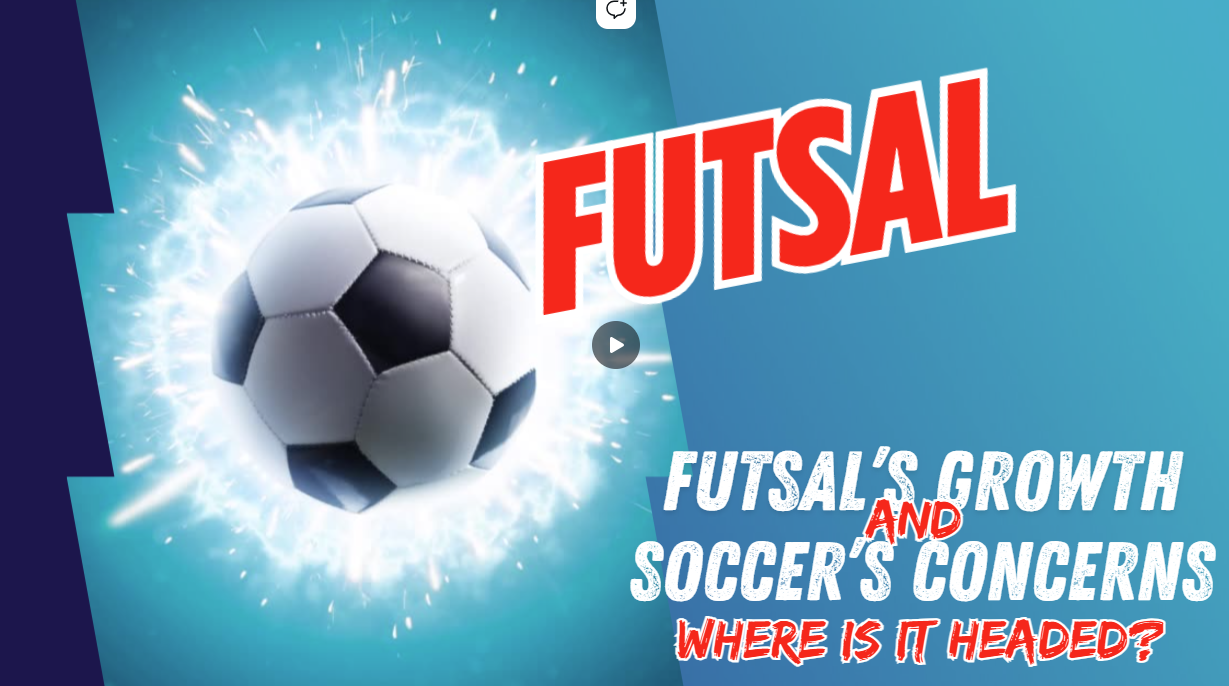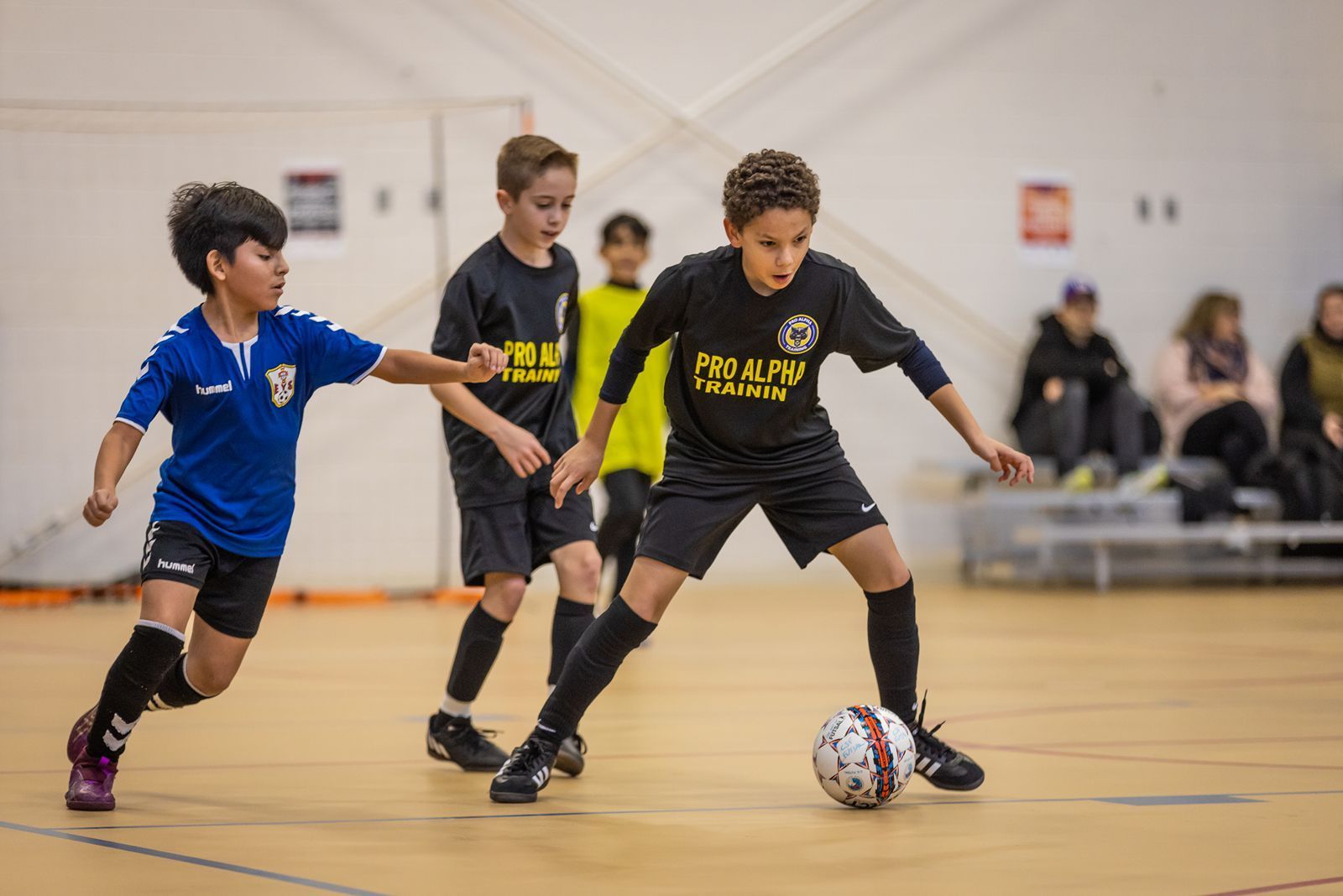Get in touch
555-555-5555
mymail@mailservice.com
Futsal’s Growth and Soccer’s Concerns: Where Is It Headed?
Futsal’s Growth and Soccer’s Concerns: Where Is It Headed?

The rapid growth of futsal, particularly among youth players, is causing tension within the soccer community. While soccer has long been the dominant youth sport, futsal’s benefits as a developmental tool—and its popularity as a standalone sport—are increasingly challenging the traditional soccer landscape.
The Divide: Why Soccer Feels Threatened by Futsal
Soccer organizations are concerned that the rise of futsal will draw players away from their traditional programs. Futsal offers a unique set of advantages, particularly for developing technical skills such as close ball control, quick decision-making, and agility. Because of its small-sided, fast-paced nature, young players get more touches on the ball and are required to think and react quickly. These are skills that translate well into outdoor soccer, which makes futsal highly appealing to soccer families looking for year-round development opportunities
However, soccer organizations see futsal not only as a complementary sport but as a potential competitor. Some clubs have begun offering futsal programs in the winter months to keep their players engaged, but there’s a downside—many of these programs are run by soccer coaches who may lack the specific futsal expertise required to truly develop players in the sport. This has led to concerns that soccer clubs are simply using the futsal name to retain members without investing in quality training
Where Is This Heading?
As futsal continues to grow, we are likely to see more youth athletes starting with futsal and soccer at an early age, especially in countries where this model has already been successful. For example, in countries like Brazil and Spain, young players often start with futsal and continue playing until around age 10 or 12. At that point, many transition fully into soccer or continue with futsal as a specialized sport. This system has helped create world-class talent in both sports, as futsal builds strong technical foundations that can be applied to soccer later
.In the U.S., we may see a similar trajectory. More independent futsal clubs and academies are popping up, and the sport is gaining traction in urban areas where space for outdoor soccer is limited. The question for soccer organizations is whether they will embrace futsal as a genuine developmental tool or continue to see it as competition. If soccer clubs can integrate futsal properly, using qualified futsal coaches and creating clear pathways between the two sports, both could thrive together
Coexistence: Can Soccer and Futsal Thrive Together?
For soccer and futsal to coexist harmoniously, organizations need to embrace collaboration. This could include:
- Coordinated schedules: Ensuring that futsal seasons complement, rather than conflict with, soccer schedules.
- Shared development goals: Soccer clubs could invest in futsal-specific coaching certifications and integrate futsal training as part of their overall development plan, allowing young athletes to benefit from both sports.
- Clear player pathways: Much like in countries with established futsal cultures, U.S. programs could allow players to play both sports until a certain age, then guide them towards the sport that best suits their skills and interests.
By learning from international models, U.S. soccer and futsal organizations have the opportunity to create a balanced environment where players can experience the benefits of both sports before specializing later in their careers. This approach would help avoid burnout and over-specialization at an early age, while giving players the best possible developmental tools
In conclusion, while soccer organizations may feel threatened by futsal’s rise, they stand to benefit greatly if they can find a way to integrate the two sports. Futsal’s emphasis on technical skills and creativity complements the tactical and strategic depth of outdoor soccer, and a collaborative approach could result in more well-rounded, talented players. As futsal grows, the key will be for both sports to recognize their mutual benefits and work together for the future of youth player development.
Contributed by Niko Alexopoulos

We organize and host futsal leagues, tournaments, training at a fair price because we care about your kids.
All Rights Reserved | Central Jersey Futsal









